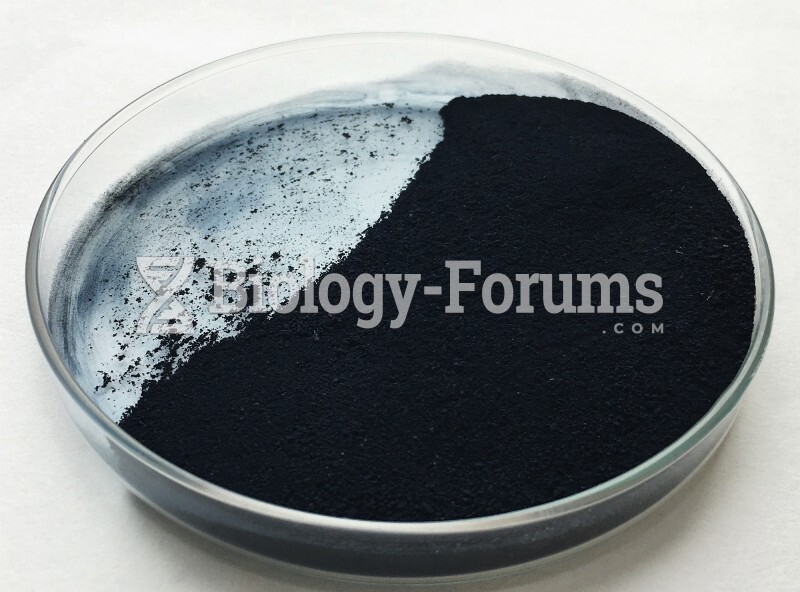Answer to Question 1
In additive bilingualism, a second language is acquired in addition to a relatively well-developed first language. In subtractive bilingualism, elements of a second language replace elements of the first language. It appears that the additive form results in increased thinking ability. In contrast, the subtractive form results in decreased thinking ability. In particular, there may be something of a threshold effect. Individuals may need to be at a certain relatively high level of competence in both languages for a positive effect of bilingualism. Classroom teachers often discourage bilingualism in children, through letters requesting only English be spoken at home, or through subtle attitudes and methods. Additionally, children from backgrounds with lower socioeconomic status (SES) may be more likely to be subtractive bilinguals than are children from the middle SES. Their SES may be a factor in their being hurt rather than helped by their bilingualism.
Answer to Question 2
Wernicke's aphasia is caused by damage to Wernicke's area of the brain. It is characterized by notable impairment in the understanding of spoken words and sentences. It also typically involves the production of sentences that have the basic structure of the language spoken but that make no sense. Treatment for patients with this type of aphasia frequently involves supporting and encouraging nonlanguage communication.
Broca's aphasia is caused by damage to Broca's area of the brain. It is characterized by the production of agrammatical speech at the same time that verbal comprehension ability is largely preserved. It thus differs from Wernicke's aphasia in two key respects. First, the speech is agrammatical rather than grammatical (as in Wernicke's). Second, the verbal comprehension is largely preserved.
Global aphasia is the combination of highly impaired comprehension and production of speech. It is caused by lesions to both Broca's and Wernicke's areas. Aphasia following a stroke frequently involves damage to both Broca's and Wernicke's areas.
Anomic aphasia involves difficulties in naming objects or in retrieving words. The patient may look at an object and simply be unable to retrieve the word that corresponds to the object. Sometimes, specific categories of things cannot be recalled, such as names of living things.







